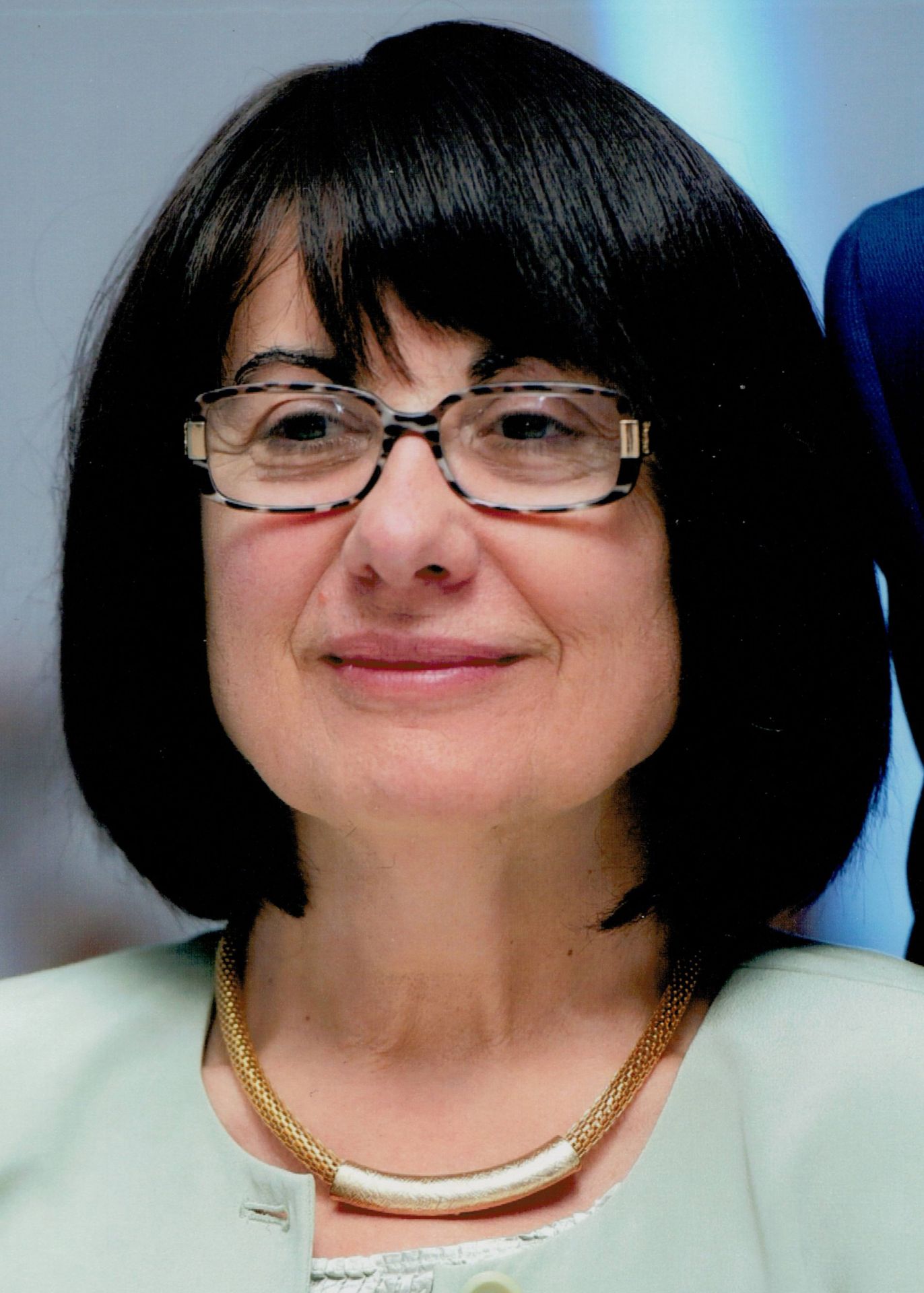The NSSC and the workforce

Jasmina Vujic
Nuclear energy is uniquely poised to create reliable, carbon-free, domestically produced baseload electricity to meet our rising energy demands. It must be a central part of our energy mix in order to have sustainable development, competitiveness, and independence as global energy demand continues to grow. There is also a growing need to address national security challenges like nuclear proliferation resistance and nuclear threat reduction. The fastest and most efficient way to realize the full potential of nuclear power and address nuclear security challenges is to draw on the strengths of our universities, national laboratories, and industry.
U.S. universities are well equipped to be the preeminent providers of nuclear science and engineering education at the undergraduate, graduate, and postgraduate levels and to perform world-class research across all nuclear science and engineering disciplines, utilizing the resources available across the higher education network and through unique national laboratory partnerships.





